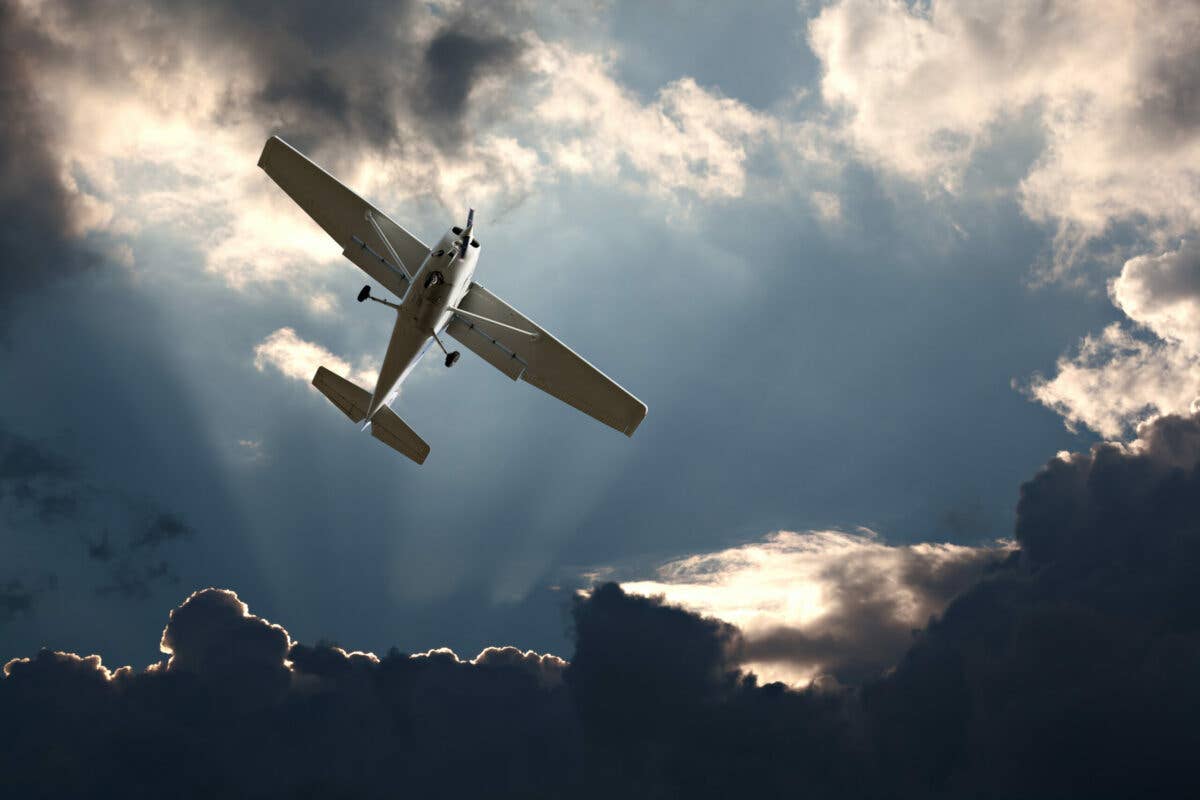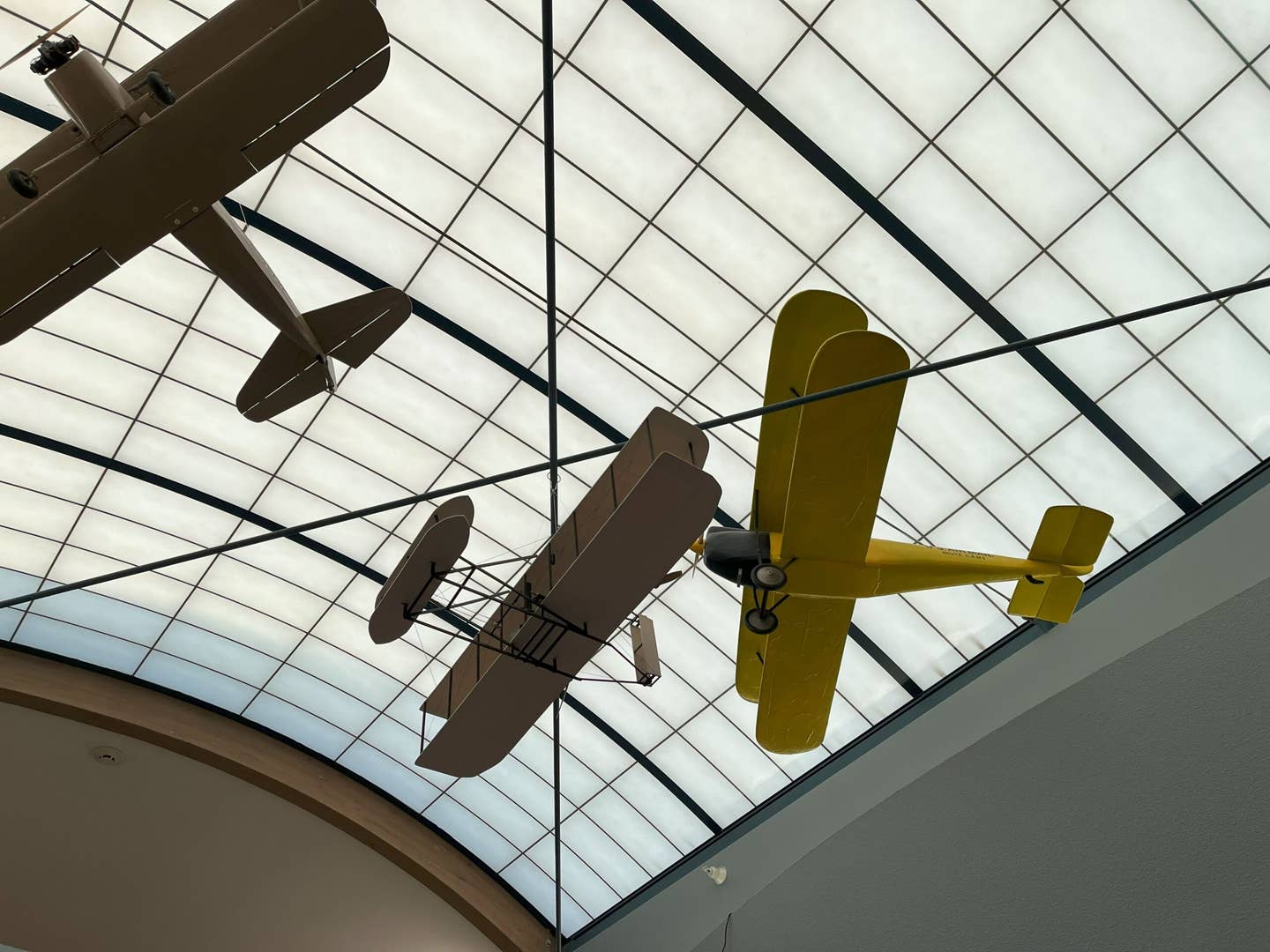Should I File an Initial Approach Fix?
After checking the weather, select an approach and file to an initial approach fix for it.

Check the weather and see what approaches are being supported by the conditions, then select an approach and file to an initial approach fix (IAF) for that approach. [Credit: Adobe Stock]
Question: I am working on my instrument rating, and I have a question about filing to another airport. One of the CFIIs I fly with told me to file to the airport but not a particular fix because it’s really up to ATC to decide what the pilot should do. Another CFII told me to check the weather, see what the flow is, and file to an initial approach fix for an approach in use. Who is correct?
Answer: I advocate checking the weather and seeing what approaches are being supported by the conditions, then select an approach and file to an Initial Approach Fix (IAF) for that approach.
- READ MORE: How Do You Check NOTAMs?
The reason? Because you lose your comms en route or before you are cleared for the approach, you will be following the AVE F procedure, which states that in the event of loss of communication you will fly one of the four: the heading you were assigned, vectored to, told to expect or filed to. If you are operating on an IFR flight plan, you should have at least one of these. This is what ATC expects you to do, so they will be protecting that airspace at the fix you filed to.
If you simply fly to the airport and the airport has multiple instrument approaches and multiple IAFs, ATC is going to have a more difficult time protecting the airspace. It will be like Whac-a-Mole with airplanes. If you file to a particular IAF, and they see a target squawking 7600 at that fix, they will have a pretty good idea that's you. Make sure you continue to transmit in the blind – this means you make appropriate radio calls and position reports although you cannot hear them reply.
Bonus move: Adjust time en route by five minutes. For example, if it will take 23 minutes to get to the fix, file it as 17 minutes because that way you won’t have to wait for time to elapse in order to shoot the approach.
Remember, you are requesting an approach when you file your flight plan. ATC is not obligated to grant your request, which is why you should have your approach binder with you (in either paper or electronic form). So if you are assigned something other than you filed, you will be prepared to fly what is offered.

Sign-up for newsletters & special offers!
Get the latest FLYING stories & special offers delivered directly to your inbox






